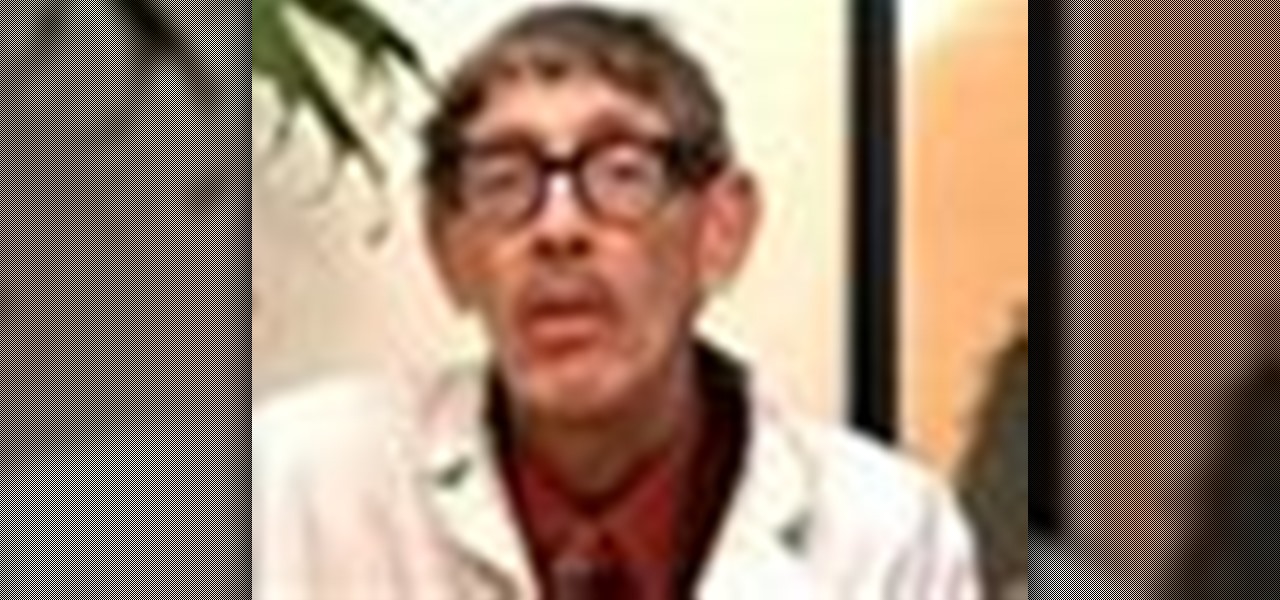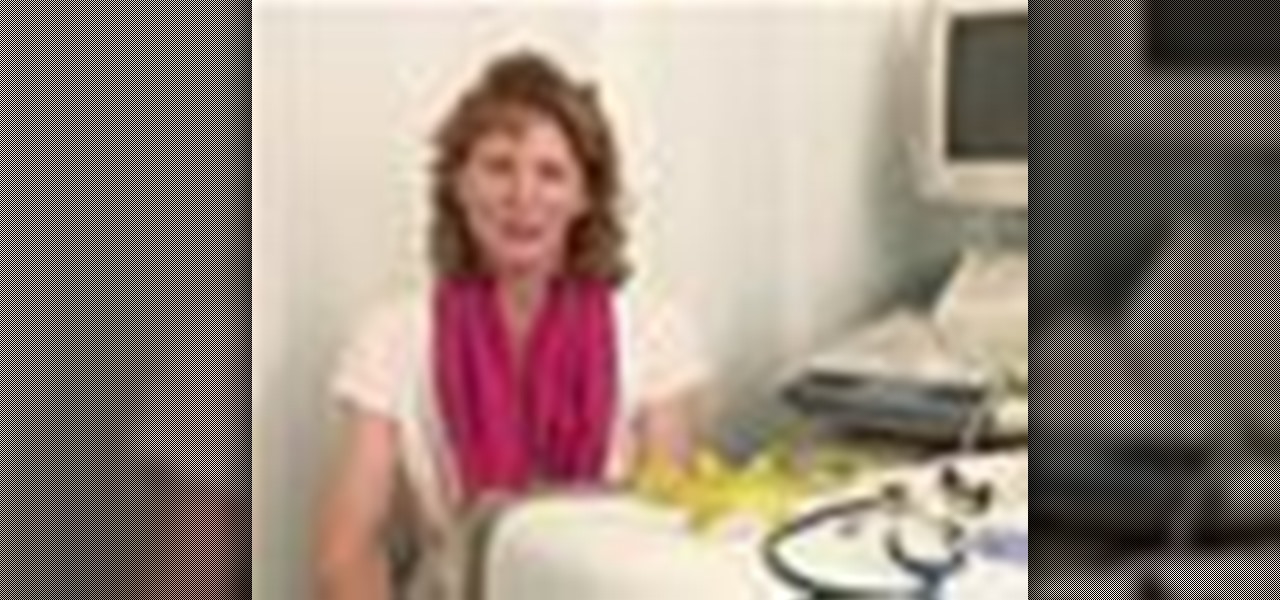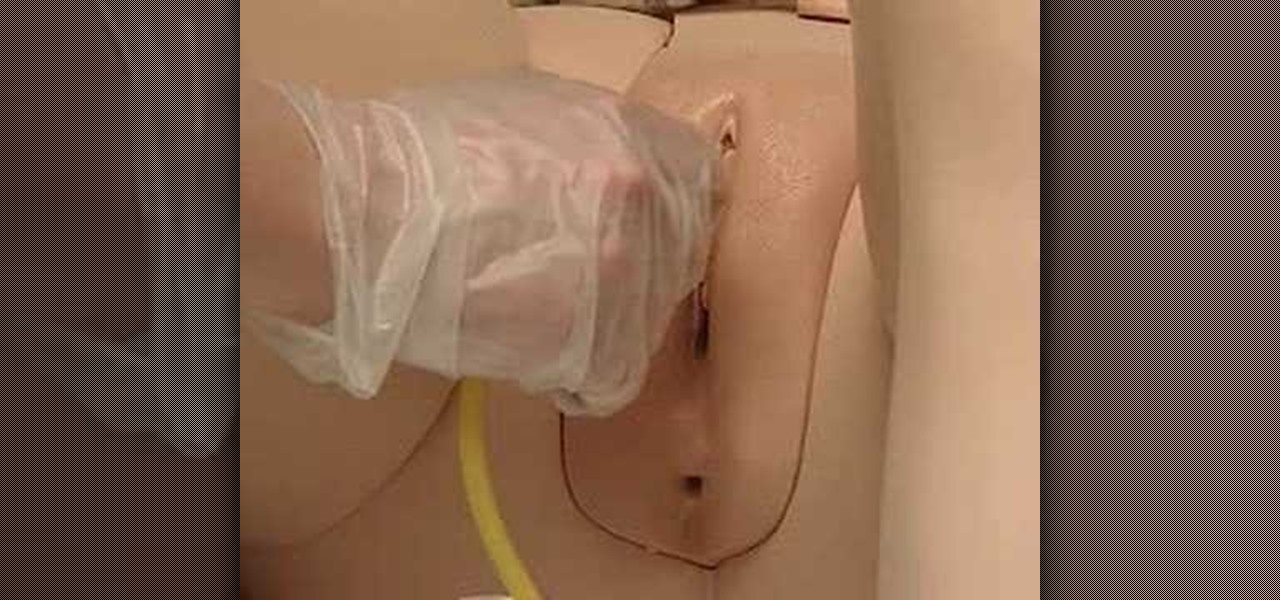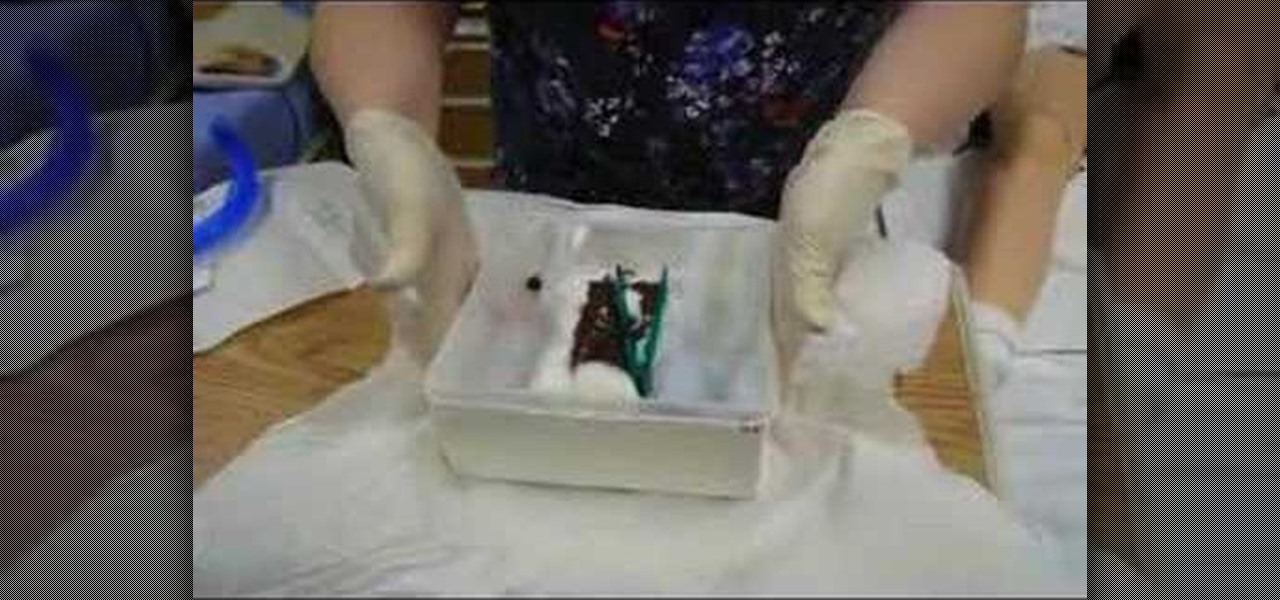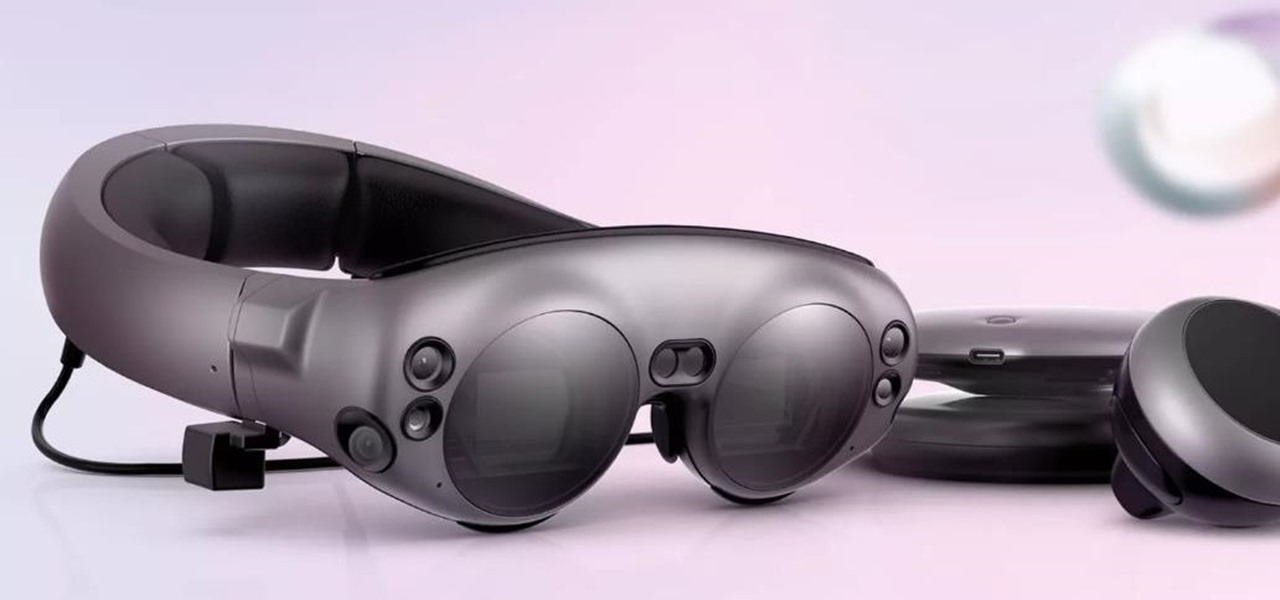
While many of the latest content partnerships announced by Magic Leap appear to lean towards entertainment and gaming, a new partnership with medical technology provider Brainlab has Magic Leap getting down to more serious business.

Medical training technology company CAE Healthcare has given birth to the latest example of how augmented reality can help to build practical operating room skills for doctors and nurses. The company's newest product is called LucinaAR, which harnesses the power of the Microsoft HoloLens.

Itchy bee stings, sore throats, swelling muscles, minor scraps, splinters... all of these common ailments can easily be fixed with things you've probably got lying around at home in your kitchen and bathroom cabinets. Honey, ginger, castor oil, garlic, baking soda, aloe vera, white vinegar, and chamomile tea are all great natural remedies for your next minor medical need. No drugstore trips required (except for maybe some Elmer's glue).

An important part of surgery is knowing the various types of closures to perform. This medical how-to video demonstrates how to insert a drain using the air knot technique. Follow along and learn how it is done. Start with the drain for alignment, remove it and tie a one handed knot. Place the drain back and start the air knot sutures.
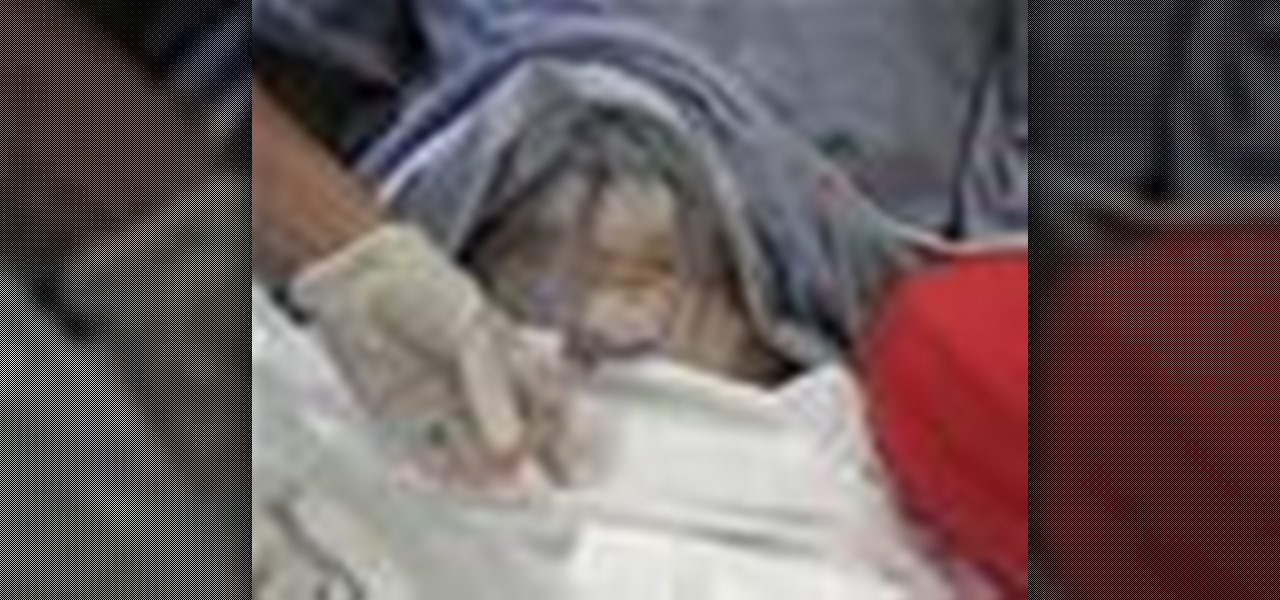
Studying to be a nurse? Then here is a nursing how-to video that teaches you how to convert chest bulbs into bulb suction. Every nurse should know the basics of this technique, follow along and see how easy it is to convert chest tubes to bulb suction. These medical tips are sure to help you pass your nursing exam with flying colors. This demonstration is that of a patient who is second day post-op. Always make sure you avoid getting air bubbles into any of the tubes while converting.

In this human anatomy video tutorial, you learn how to dissect a human cadaver to get a better look at the nasal cavity and sinuses. You'll see the paranasal, which is alongside or near the nose, and the paranasal sinuses are the mucosa-lined air cavities in the bones of the skull, communicating with the nasal cavity.

A calf strain is a tearing or stretching of the calf muscle. It is generally due to trauma or overuse. Symptoms are localized pain, decreased range of motion, and tightness in the area. Learn more about calf strains including treatments and symptoms in this medical video.

This medical how to video demonstrates how to take an arterial blood gas sample. The purpose or arterial gas sampling is to assess the patient's respiratory status as well as the acid/base balance in their blood. To perform this medical procedure you will need the following instruments: protective eye wear, gloves, alcohol, iodine, arterial blood gas sampling kit, gauze and a bag of ice. Please not that this video is intended for medical professionals only.

Here are several bizarre occurrences that are believed to have happened all over the world. You gotta hear about these!

Nosebleed or the official term is epistaxis is bleeding from the nasal cavity. Nose bleeds are very common and are often caused by dry air, illness, or trauma. Learn more about the causes, symptoms and treatments of nose bleeds in this medical how-to video.

Studying to be a pediatric nurse? Then here is a nursing how-to video that teaches you how to assess a five year old's medical condition. Every nurse should know the basics of this technique, follow along and see how easy it is to read a five year old's vital signs. These medical tips are sure to help you pass your nursing exam with flying colors.

This medical how-to video demonstrates how to perform an examination of a traumatized hand. Doing such procedure can be a daunting task, as there may be several structures that may have been injured. Follow along as this resident surgeon shows you what guidelines to follow when examining a hand and wrist. Please note that this medical video is intended for medical professionals only.

This medical how-to video reviews the basics of casting and splinting procedures. Follow along and learn how to splint and cast the wrist and forearm in case of a broken or fractured bone. A splints and casts can be placed in many different positions and aid in stabilizing injuries. Note that this medical procedure is intended for medical professionals.

Septic shock is a serious and often life threatening emergency medical condition in which the blood pressure is extremely low. Insufficient blood therefore reaches the body tissues and this means that not enough oxygen and nutrients are delivered to the body. Medical shock is a serious circulatory condition not to be confused with emotional shock or surprise. Learn more about shock and the symptoms in this medical how-to video.

This medical how-to video demonstrates the proper technique for evaluating a patient with knee pain. Follow along and learn how to do a knee examination. Always begin the knee exam with the patient standing and observe any abnormalities. Please note this instructional video is intended for medical professionals.

Choking is the mechanical (either by foreign object or compression) obstruction of outside air flowing into the lungs. Learn about choking, including emergency treatments like CPR, in this medical how-to video. Remaining calm and performing one of the procedures below could help someone who is choking.

Food poisoning, also referred to as food-borne illness, is a gastrointestinal disorder that results from eating contaminated food. . Who is at risk? Anyone can get food poisoning, especially travellers and those who live in tropical climates. Infants, elderly people, and those with serious medical conditions have the greatest risk if they get food poisoning. Pregnant and breastfeeding women also need to be especially careful. Learn about the different causes, symptoms, and treatments of food ...

Any medical student should be able to perform a basic cardiovascular exam. This medical how-to video tutorial outlines the guidelines to perform a basic cardiovascular exam. Always begin by by observing the patient from head to toe. Inspect the face for signs of cyanosis. Note visible scars or pulsations in the neck and edema in the feet. This video is intended for medical professionals only.

An important part of surgery is knowing the various types of closures to perform. This medical how-to video demonstrates how to do a deep dermal suturing technique. The deep dermal technique is especially good for laceration repair or wound closure in the operating room. Follow along with the medical video to learn the deep dermal closure technique.

Studying to be a pediatric nurse? Then here is a nursing how-to video that teaches you how to effectively communicate with child patients using medical play. Every nurse should know the basics of this technique, follow along and see how easy it is to assess the status of child patient with play. These medical tips are sure to help you pass your nursing exam with flying colors.

This medical how-to video demonstrates an open emergency cricothyrotomy. A cricothyrotomy is an emergency incision made through the skin and the cricothyroid membrane. This emergency procedure is performed to ensure that a patient is receiving air. Watch and learn how this procedure is performed. This video is intended for medical students only.

This medical how-to video demonstrates an open emergency cricothyrotomy. A cricothyrotomy is an emergency incision made through the skin and the cricothyroid membrane. This emergency procedure is performed to ensure that a patient is receiving air. Watch and learn how this procedure is performed in an emergency room. This video is intended for medical students only.

In this medical-minded how-to from the folks at ICYou Health Videos, you'll learn how to tell whether you have hemorrhoids and, if you do, how to determine whether you should see a medical professional for treatment. For

This medical how-to video gives you tips on obtaining venous blood samples. Follow along and learn how to obtain blood samples with a venipuncture procedure. This procedure is very common in the medical field. To start venipuncture you need to have the needles, vacuum container, and blood tubes ready. Watch to learn the step by step process.

This medical how-to video demonstrates how to catheterize males and females with a Foley catheter. Follow along and learn how insert the catheter into a bladder using mannequins. The first part of the video shows a female Foley catheterization and the second half shows the male version of this medical procedure.

This video tutorial shows how to set up an intravenous line, or intravenous drip. Most are familiar with IVs, as a way of providing people undergoing medical treatment that are otherwise unable to ingest food with vital nutrients. Watch this educational medical science video and learn how to set up and insert an intravenous line.

This medical how-to video demonstrates how to perform a cast removal with a cast saw. Follow along and learn how to remove a wrist and forearm cast. The cast saw may appear dangerous but it is actually pretty safe to use. A cast should only be removed when the attending doctor deems it safe to do so. Note that this casting procedure is intended for medical professionals.

This medical how-to video demonstrates how-to suture an open wound. Follow along and learn the step by step process of closing open skin. Note that suturing should be performed by a medical professional.

This medical how-to video demonstrates the proper technique for evaluating a patient's shoulders. Follow along and learn how to do a shoulder physical examination. As with all examinations of the joints it is important to follow a standard routine including range of motion, inspection, and to compare the affected shoulder to the unaffected shoulder. Please note this instructional video is intended for medical professionals.

Venepuncture is the process of collecting venous blood. Or more simply, it's the process of drawing blood from a vein for medical testing. Watch this video medical health tutorial and learn how to prepare and perform venepuncture.

This how to video demonstrates how to do a male Foley catheter insertion. Before beginning any catheterization procedure make sure to properly identify the patient, wash your hands, and that all the supplies are handy. Watch and learn how to properly insert a Foley catheter in a man. This medical how-to video is intended for medical students and professionals.

This how to video demonstrates how to do a female Foley catheter insertion. Before beginning any catheterization procedure make sure to properly identify the patient, wash your hands, and that all the supplies are handy. Watch and learn how to properly insert a Foley catheter in a woman. This medical how-to video is intended for medical students and professionals.

Think a hot air balloon is something you can only read about in books? Think again. In this six-part science based tutorial, learn how to make your very own hot air balloon using science & the following easy to find materials: plastic bags, plastic drinking straws, thin candles, aluminun foil, tape, and scissors.

ER showed the world what goes on inside the emergency room, and in every episode, we experienced a common but very important procedure— intubation. But ER never made it seems easy; it showed just how hard it is for medical students to successfully intubate a patient due to fear and naivety. And for real-life doctors and medical practitioners, learning the art of airway management is just as difficult.

Richpin gives detailed instructions for attaching the air dam to the radiator deflector for a Saturn S-Series. He also explains how remove the air dam from the car prior to attaching the deflector. Having a properly functioning air dam / deflector assembly is crucial during the summer to keep the engine from overheating.

With the nation facing a shortage of ventilators for COVID-19 patients and no apparent ramp-up in the production of new ones, engineers, medical resistents, and do-it-yourselfers are sharing plans for homemade versions.

This medical how-to video demonstrates how to perform a endoscopic Zenker's diverticulostomy with cricopharyngeal myotomy. Watch and learn how it is done. This Diet & Health videos is intended for medical students and patients who will be have this procedure done.

This medical how-to video demonstrates a bilateral lymph node dissection in a patient with endometrial cancer using the da Vinci system with the HD optical system. The HD optical system allows surgeons to perform more precise anatomical dissections with enhanced dexterity. Watch and learn how a dissection of a lymph nodes is performed on a patient. This surgical video is intended for medical students.

This medical how-to video details a robotic assisted hysterectomy in a patient with early stage endometrial/uterine cancer. Anatomy of the pelvis and the technique of a robotic hysterectomy is demonstrated. Watch and learn the surgical techniques used to performed a robotic hysterectomy on a patient using a da Vinci System. This surgical video is intended for medical students.

This medical how-to video details a laparoscopic extraperitoneal aortic lymph node dissection. Watch and learn how to perform this surgical procedure on a patient. This surgical video is intended for medical students.










